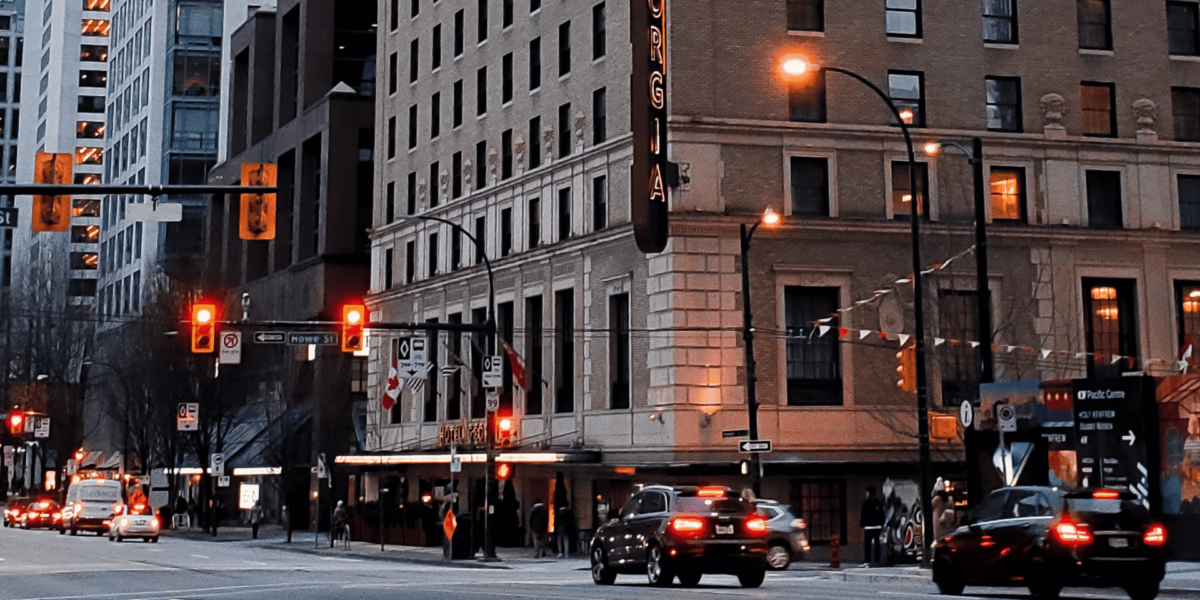Hidden Spaces Reveal the City’s True Character
Every city has places that exist between maps and memory. These corners aren’t listed in guides or marked with signs. They form through routine, neglect, or quiet use. Locals pass them every day but rarely speak about them.
An alley tucked between two aging buildings holds a bench, a view, and nothing else. It’s not private, but it feels personal. This kind of space shapes a city’s rhythm without claiming attention.
Silence Builds a Space’s Identity
What makes a location hidden isn’t distance—it’s disuse. A space becomes lost when people stop naming it. Without description or destination status, it fades from conversation. But silence can also preserve its mood.
A commuter cuts through a vacant lot every morning. No signs mark it. No one mentions it. Over time, the space gathers quiet purpose. It absorbs presence without needing attention.
Functional Decay Shapes Behavior
Many forgotten corners remain because they still work in quiet ways. A rusting stairwell still connects two blocks. A faded mural anchors a quiet lane. These spaces aren’t maintained, but they function. People adapt to them without needing them fixed.
A worker on break leans against a crumbling wall with their lunch. The paint peels. The ground dips slightly. But the spot still holds value. The city’s forgotten edges continue to serve those who notice them.
Shadowed Paths Avoid Urban Friction
Not all city movement follows official roads. In lost corners, informal paths develop—routes that avoid traffic, attention, or disruption. These paths aren’t shortcuts. They’re alternatives to noise.
A student walks a dirt path behind a train station. It’s not lit. It’s not paved. But it avoids three traffic lights and a crowded street. The route doesn’t exist on maps, but it exists in motion.
Past Purpose Leaves a Trace
Some lost corners once served clear functions. A sealed doorway. A stairwell to nothing. A rusted post where a sign once stood. These fragments hint at former purpose. They become quiet records of how the city has changed.
A pedestrian notices a platform near a warehouse. It once loaded goods, but now collects leaves. Its presence still alters how people walk. History remains visible, even if it no longer works.
Muted Colors Signal Invisible Boundaries
In these corners, color shifts subtly. Gray tones, sun-faded bricks, and weathered signs mark transitions between active and forgotten space. These visual cues signal a change in the city’s attention.
A cyclist notices the pavement shift in texture. The buildings nearby look older, the paint more worn. The city didn’t redraw its map—but it stopped investing in this block. The signals are quiet, but clear.
Routine Protects the Familiar Unknown
Locals often don’t share these places—not out of secrecy, but because they seem too ordinary to mention. Familiarity builds silence. What exists without disruption feels safe, even if it’s imperfect.
A vendor walks through the same alley every day to reach a storage room. It’s dim and narrow. They’ve used it for years. When asked about shortcuts, they forget to mention it. To them, it’s not hidden—it’s just part of the route.
Weather Shapes Use Without Notice
Rain, heat, and wind impact which lost corners stay active. Some spaces dry out faster. Others stay cool in summer. Their utility shifts with the season, altering how people use or avoid them.
A walker chooses a shaded lane during summer. In winter, the same spot floods. The space serves purpose through condition, not design. It’s forgotten by planning, remembered by adaptation.
Non-Places Offer Unexpected Pause
Some corners serve no clear function. They’re too small to be parks, too quiet to be plazas. But they offer pause. A place to check your phone, tie your shoe, or just breathe. These pauses shape urban flow without asking for credit.
A passerby leans against a stone ledge at the edge of a parking lot. There’s no view, no name, no marker. But in that moment, it holds space. Its value lies in being unnoticed.
The City’s Quietest Spaces Carry the Most Memory
Lost corners aren’t empty—they’re full of silent patterns. They collect footsteps, glances, shortcuts, and habits. Locals don’t talk about them because they don’t need to. Their value isn’t in what they show, but in what they quietly support.
To know a city fully, you must look past the mapped highlights. Watch where people go when they aren’t being watched. Listen to the quiet places. That’s where the city reveals itself—not in noise, but in the spaces it forgets to mention.

